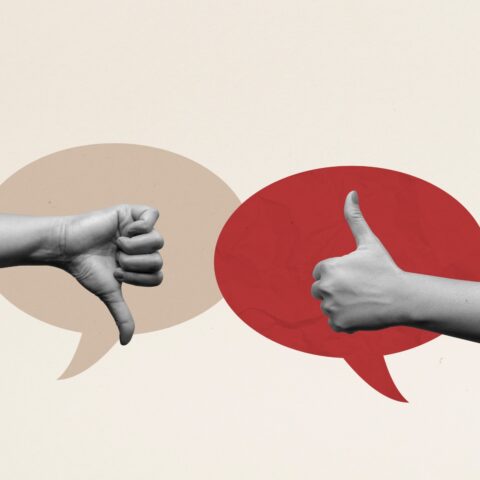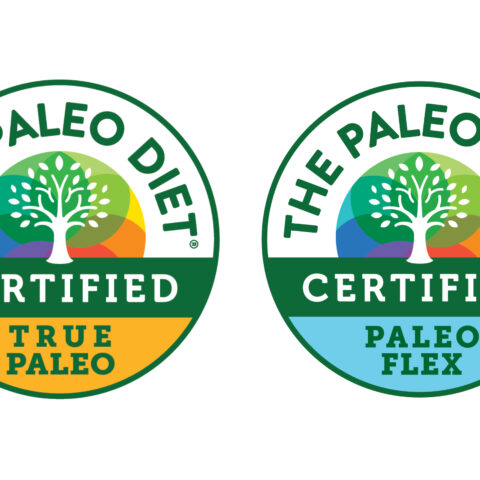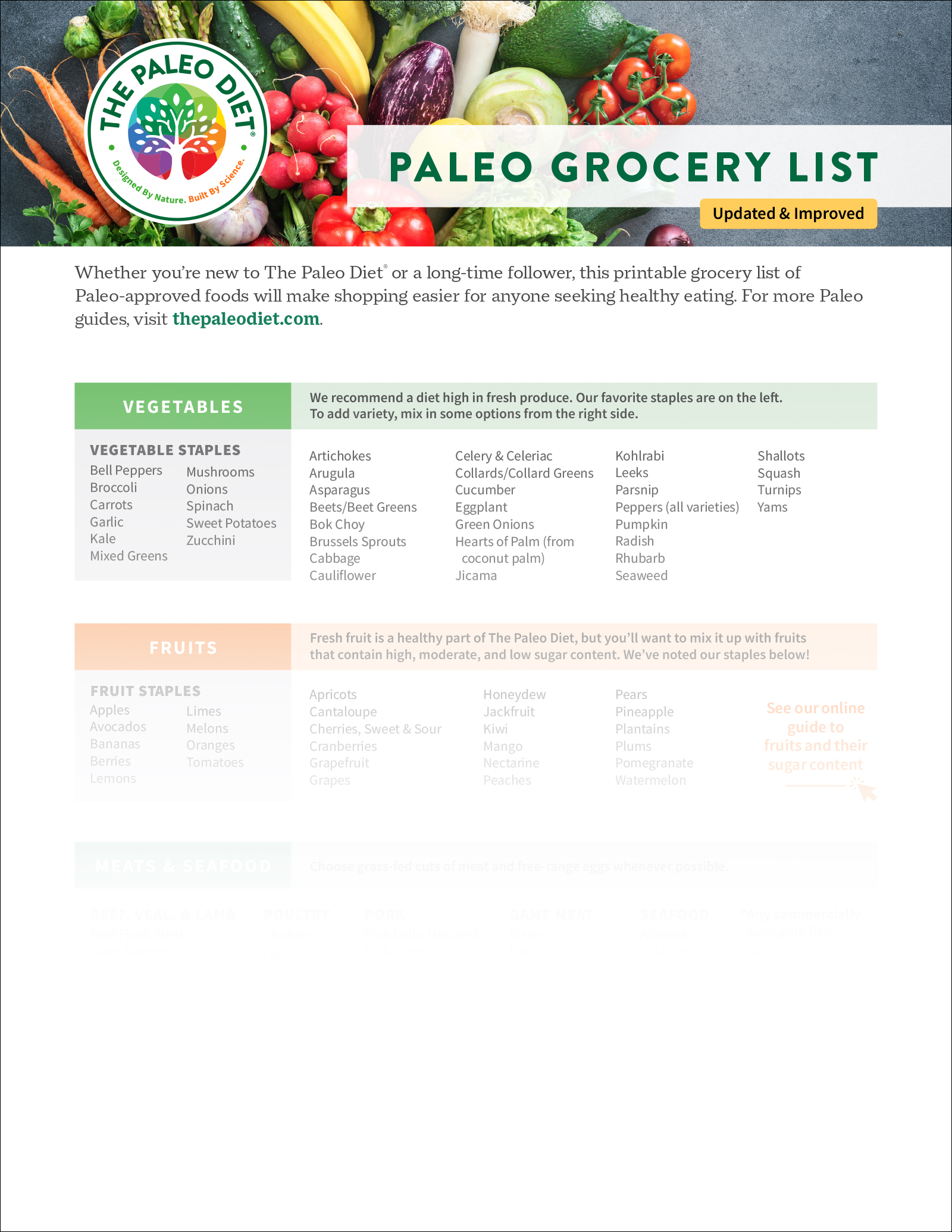Rediscovering Body Literacy in a World of Diet Culture Noise

The relationship between you and your body doesn’t have to feel like a constant negotiation. Yet for many who are navigating decades of conflicting health messages, the simple act of recognizing hunger or honoring fatigue has become fraught with uncertainty. This disconnection isn’t a personal failing at all, rather it’s the predictable result of a culture that has systematically taught many of us to override our body’s inherent wisdom.
Body literacy, which is more than simply intuitive eating, offers a path back to ourselves. It represents the cultivated ability to perceive, interpret, and respond to our body’s signals with both curiosity and compassion.
Unlike the rigid frameworks that often dominate wellness culture, body literacy acknowledges that you are the ultimate authority on your own physiological experience; and hearing, interpreting, and harnessing your body’s wisdom is an essential tool in achieving lasting wellness.
Understanding Your Internal Navigation System
Body literacy encompasses far more than recognizing whether you’re hungry or full. It’s the nuanced skill of reading your body’s multifaceted communications, the subtle energy shifts throughout your day, the quality of your sleep, how different foods affect your mental clarity, and the way stress manifests in your shoulders or stomach.
Consider it your internal navigation system that offers so much more wisdom than simply eating intuitively. Just as you might notice when the vibes are off at a social event or when your phone battery drains faster than usual, body literacy explores developing sensitivity to your own operational patterns and cues. This awareness allows you to respond proactively rather than reactively to your body’s needs, sensing your body’s signals well before they’re so loud that you are forced to react quickly.
To be clear, body literacy is fundamentally a learned skill, not an innate ability that some people possess while others don’t. This distinction matters enormously because it removes the shame and self-judgment that often accompany struggles with body awareness. Just as you learned to read written language or drive a car, body literacy develops through intentional practice and attention.
Many people assume they should instinctively know how to interpret their body’s signals, but this expectation is both unrealistic and counterproductive. Years of external messaging have systematically taught us to override these natural capacities, creating a learned disconnection that requires conscious effort to reverse.
Think about portion size in restaurants. Often we are given more food than is necessary to feel satiated and full, however, many of us feel a conscious or subconscious urge to finish what is on the plate—or at least eat more than we might need. Rebuilding this awareness is like relearning to speak a language you once knew fluently but have gotten rusty through disuse.
RELATED: Americans Are Fed Up with the Portion Distortion Era
When External Diet Culture Overrides Internal Wisdom
Diet culture has systematically undermined body literacy through its arsenal of external rules and regulations. Messages such as “don’t eat after 6 p.m.,” “hunger means you’re doing it right,” or “nothing tastes as good as skinny feels” create a framework where your body’s signals become inconvenient interruptions rather than valuable information.
This conditioning runs especially deep for women, who have been subjected to decades of mixed messaging that positions their bodies often as untrustworthy entities requiring constant management. The result is a profound disconnection from internal cues, replaced by an exhausting reliance on external validation and anxiety about doing what one is told.
The insidious nature of this conditioning means that even the most well-intentioned health advice may end up perpetuating the same patterns. When we’re taught to ignore hunger during certain hours, suppress cravings categorically, or push through fatigue in the name of consistency, we’re essentially learning to distrust the very system designed to keep us healthy and balanced.
While sometimes this sort of advice is not only useful, but can also help us implement important changes, it’s important to contextualize them if they are forcing you to push through what your body is telling you without welcoming you to explore what those signals might be saying.
Breaking free from this pattern requires recognizing that your body’s signals aren’t random or meaningless. They represent sophisticated feedback from complex physiological systems that have evolved over millennia to maintain homeostasis and promote survival.
How Paleo Principles Support Body Literacy
The Paleo Diet® framework, when approached with flexibility and curiosity, can serve as a powerful tool for rebuilding body literacy. Rather than another set of restrictions, it offers a foundation that allows your body’s natural signals to emerge more clearly.
Nutrient-dense whole foods provide the raw materials your body needs to function optimally—and as it was designed to do. When your cells receive adequate nutrition, the signals that drive overwhelming cravings often diminish. This doesn’t mean cravings disappear entirely, nor should they, but rather that they become more nuanced and informative rather than chaotic and desperate.
RELATED: Healthy Paleo Foods That Satisfy Cravings
One example is the consumption of protein and healthy fats inherent in Paleo eating patterns, which help stabilize blood sugar fluctuations. These dramatic peaks and valleys of our blood sugar often mask or distort hunger and satiety signals, making it difficult to distinguish between physiological need and biochemical chaos, which a whole-foods Paleo diet could help mitigate.
In contrast, ultra-processed foods disrupt these mechanisms through combinations of refined carbohydrates, concentrated fats, and hyper-palatable additives that amplify dopaminergic reward pathways while blunting satiety cues. Over time, this pattern has been linked to leptin resistance, dysregulated ghrelin secretion, and impaired awareness of hunger and fullness.1
Dr. Alison Borkowska, an associate professor of nutritional sciences at Pennsylvania State University, observes that many products promoted by diet culture to be healthy, low calorie, or low carb use isolated or manipulated macronutrients. These foods—like protein bars, shakes, or packaged snacks—are often recommended with little regard to how they support satiety and digestion.
They say, “The food matrix, which is the way nutrients, fibers, and phytochemicals are woven together in whole foods, plays a critical role in how we experience fullness and satisfaction. When these structures are disrupted, even foods that technically fit certain health labels may leave us feeling dissatisfied or confused about our hunger signals.”
Recognizing Your Body’s Communication Patterns
Physical hunger manifests differently for different people and can change based on circumstances. Some experience it as a gentle hollowing sensation, others as decreased concentration or slight irritability. Learning your personal hunger signature requires attention and patience.
True hunger typically builds gradually and can be satisfied with various foods. It differs from emotional hunger, which often feels urgent and specific, craving certain textures or flavors. Neither is inherently problematic; both provide valuable information about your current state and needs.
Energy depletion signals often extend beyond simple tiredness. You might notice decreased motivation, increased clumsiness, heightened emotional reactivity, or difficulty making decisions.2 These aren’t character flaws but physiological communications indicating your need for rest, nutrition, or stress reduction.
Meanwhile, things like under-recovery from physical or mental stress manifest in numerous ways: persistent muscle soreness, elevated resting heart rate, disrupted sleep patterns, increased susceptibility to minor illnesses, or heightened anxiety. These signals often appear before you consciously recognize you’re overdoing it.
Embracing Natural Fluctuations in Your Body
Your appetite, energy levels, and cravings naturally fluctuate based on countless variables: sleep quality, stress levels, hormonal cycles, activity levels, weather, and even social circumstances. These variations aren’t failures to maintain consistency but rather evidence of a responsive, adaptive system.
Women’s bodies in particular experience cyclical changes that affect everything from energy levels to food preferences.3 Honoring these natural rhythms rather than fighting them often leads to better overall health outcomes and reduced internal conflict.
Seasonal changes also influence our physiological needs. Craving heartier foods in winter or lighter meals in summer reflects your body’s adaptation to environmental conditions. These patterns have evolutionary wisdom embedded within them.
Cultivating Curious Awareness
Developing body literacy requires approaching your physical experience with curiosity rather than judgment. When hunger appears at an “inconvenient” time, instead of dismissing or fighting it, try asking what information it might be providing. Are you experiencing true hunger, or are you experiencing stress, boredom, or fatigue?
Before eating, take a moment to check in with your current state. Notice your energy level, emotional state, and physical sensations such as how you are breathing in that moment. After eating, observe how the food affects your energy, mood, and comfort level. This isn’t about tracking or scoring but about gathering information.
Practice distinguishing between different types of hunger: the steady need for nourishment, the craving for particular nutrients, or the emotional desire for comfort or stimulation. Each provides different information and may require different responses.
Practical Approaches to Body Literacy
Begin each day with a brief internal check-in. Notice your energy level, any areas of tension or discomfort, your breathing, and your general mood. This baseline awareness helps you recognize changes throughout the day.
During meals, practice eating without distractions when possible, and try to eat more slowly than you usually do, especially if you’re a fast eater like many of us are. Notice flavors, textures, and your body’s response to different foods. Pay attention to how quickly satiety develops and what foods leave you feeling satisfied versus those that leave you wanting more.
Experiment with timing your meals and snacks based on your body’s signals rather than external schedules when possible. While practical constraints exist, even small adjustments toward honoring your natural rhythms can improve your relationship with food and energy.
Moving Beyond Food Morality
Effective body literacy requires releasing the concept of “good” and “bad” foods in favor of understanding how different foods affect your individual system. Some foods consistently support energy and well-being, while others might be enjoyable but don’t contribute significantly to physiological needs.
Dr. Borkowska explains: “As an educator of future clinical nutritionists and food researchers, one thing I stress to them is that there are no good foods or bad foods, there are only foods and the choices that are available to us. I stress that using a trust-but-verify approach to nutritional information, both from information one gains internally and externally, is essential.”
This nuanced approach allows for flexibility while maintaining awareness. You can enjoy foods that don’t optimize your physical state while making conscious choices about when and how often to include them based on your current needs and circumstances. The goal isn’t perfection, but rather informed choice-making. When you understand how different foods affect your body, you can make decisions that align with your current priorities and circumstances rather than following rigid rules.
RELATED: Our 85/15 Guide to Natural, Healthy Eating
A Curious Path Forward
Rebuilding an “inner ear” for your body’s signals is not something you accomplish in a single moment or a single meal. It is a practice that unfolds in small, consistent acts of attention and care.
The Paleo lifestyle, when approached as a supportive framework rather than a set of inflexible rules, can be a helpful tool for quieting noise and making space for a clearer connection with yourself by virtue of food selection, which incorporates whole foods that help your body speak up and speak clearly.
This is not a journey of striving for perfect control, but of cultivating the trust that you already belong to yourself, exactly as you are. Our bodies have never stopped communicating with us, they’ve simply been waiting for us to remember how to listen.
References
- LaFata, E. M., Allison, K. C., Audrain-McGovern, J., & Forman, E. M. (2024). Ultra-Processed Food Addiction: A Research Update. Current obesity reports, 13(2), 214–223. https://doi.org/10.1007/s13679-024-00569-w
- Ha, O. R., & Lim, S. L. (2023). The role of emotion in eating behavior and decisions. Frontiers in psychology, 14, 1265074. https://doi.org/10.3389/fpsyg.2023.1265074
- Rogan, M. M., & Black, K. E. (2023). Dietary energy intake across the menstrual cycle: a narrative review. Nutrition reviews, 81(7), 869–886. https://doi.org/10.1093/nutrit/nuac094




